The keys to importing clothing from Asia are finding a reliable supplier, choosing good fabrics, verifying the quality of the finishes, and negotiating the best price based on the purchase volume.
Product Specifications
Balancing these three factors (price, quality, and finishes) determines whether a textile product is acceptable or not. To ensure your supplier can meet your requirements, we recommend following these steps:
- Send a list with all the garment and labeling specifications. Approximate indications can lead to misunderstandings. The specifications must be very clear.
- Provide your supplier with a reference sample so they can replicate the garment and match the quality standard.
- Request samples to check firsthand the quality of the raw materials and finishes.
Below is an example of how to present specifications for a textile item:
- Fabric: texture, weight in grams per square meter, treatments, colors Pantone or RAL
- Components: buttons, zippers, details, and accessories (fabric, metal, leather, embroidery, adhesive crystals, screen prints), linings, and fillings
- Brand: dimensions, Pantone colors, location, and technique (printing, embroidery, or other)
- Design characteristics: dimensions, type of seams, sizes, washing labels.
Shipping
Textile products have large volumes and low weight, a factor that will influence the type of shipment and minimum quantities. If your intention is to import clothing from Asia in small quantities, you should consider the following:
- Maritime shipments under one cubic meter may not be viable.
- Suppliers do not customize small quantities.
- If you want a customized product, the possibilities will be limited to a few materials, components, and colors.
- Asian suppliers consider a garment in two different colors or materials as two distinct products.
- Export packaging should have multiple layers of cardboard, plastics, and bags for each garment. This is the best way to ensure the garments arrive in good condition, without stains or moisture.


